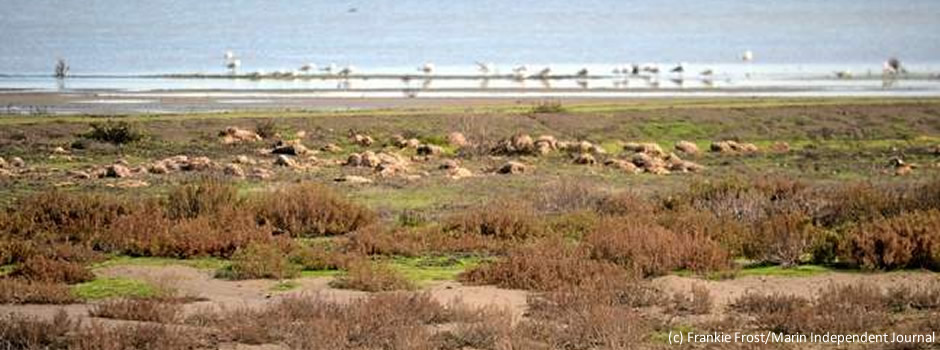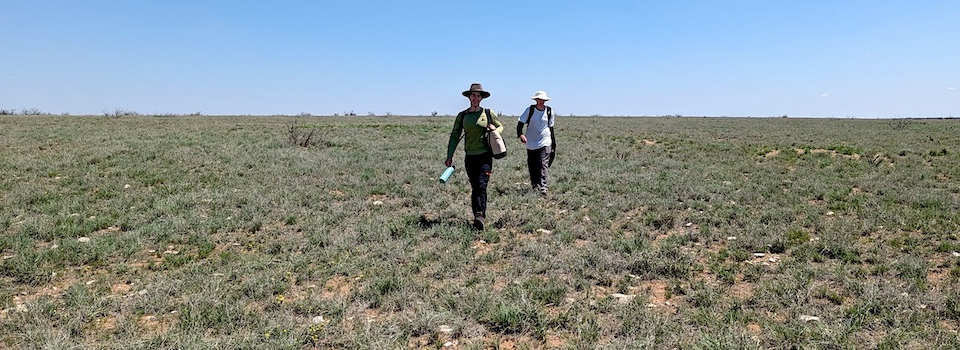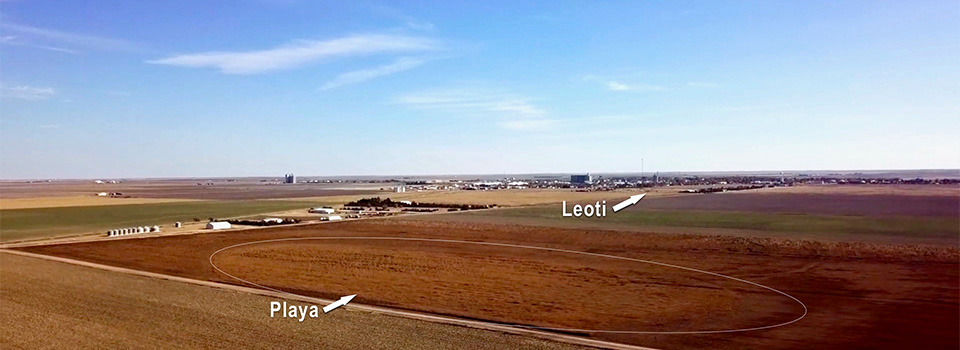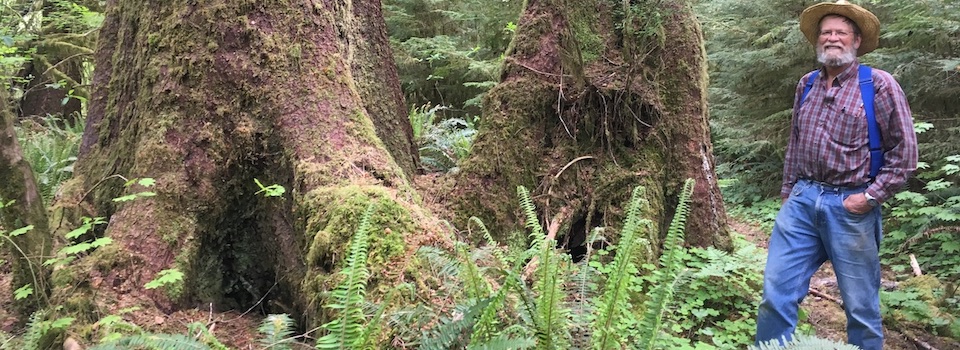Marshes that rest along bayside Marin, in northern California, could protect communities from storms, flooding, erosion and sea-level rise, according to a new study released by the National Oceanic and Atmospheric Association (NOAA) study. They looked at different reports addressing how natural processes protect shorelines — which it turns out they do quite well. Beth Huning, coordinator of the Marin-based San Francisco Bay Joint Venture, which brings together public and private agencies and others to restore wetlands and wildlife habitat, was not surprised by the findings.
“Wetlands and marshes act as buffers and prevent water from slamming into infrastructure and communities,” Huning said. “They spread that energy across a marsh. And then there is the benefit for shorebirds and other wildlife as well.”
The NOAA report also noted human-made structures, such as seawalls or dikes, can combine with natural processes to provide protection. As Marin County studies impacts of sea-level rise, it is looking at how improving dunes, wetlands, sea grass, kelp beds and oyster reefs through restoration might lessen flood impacts.
Read more about this story in the Marin Independent Journal.






